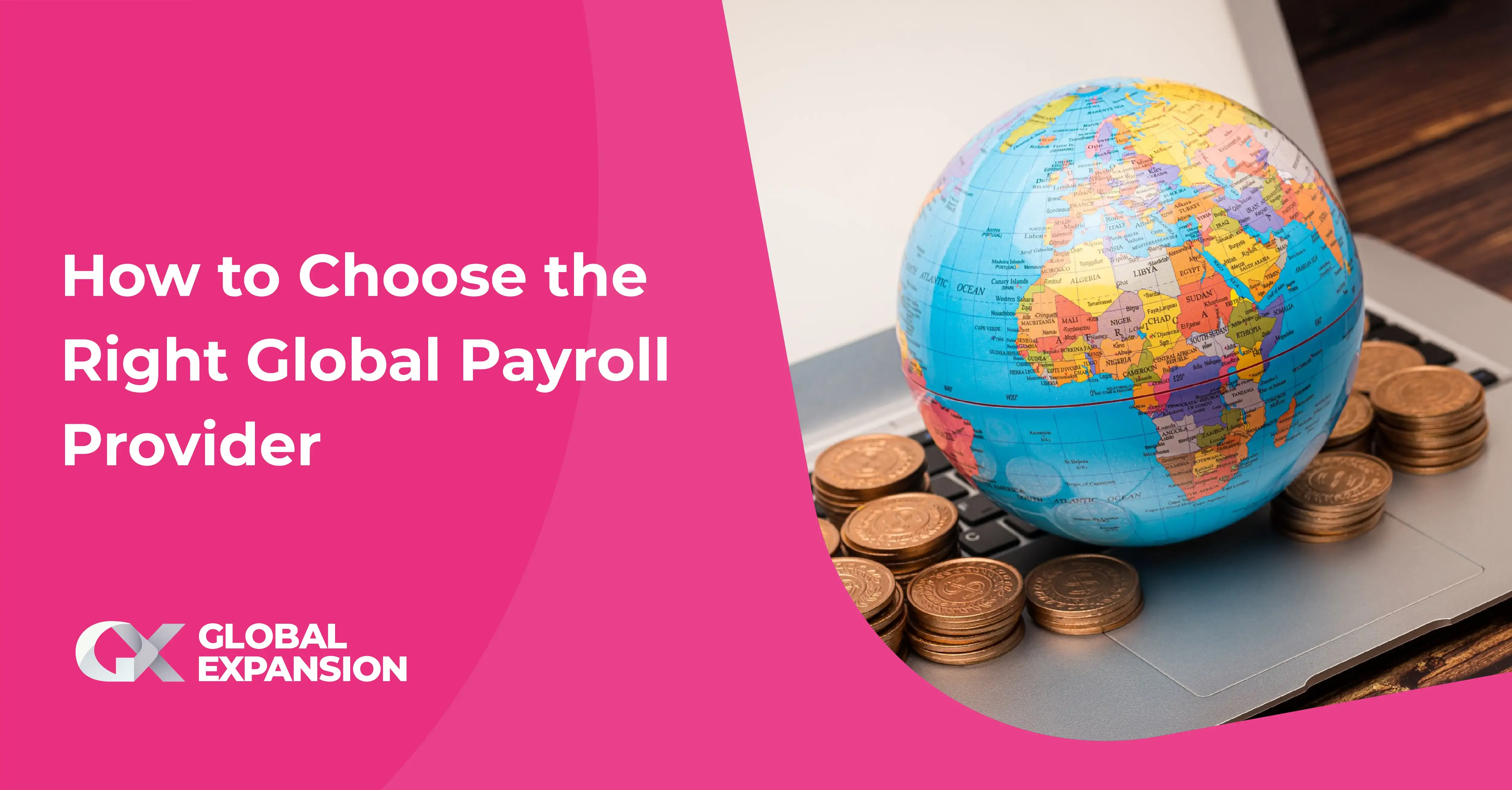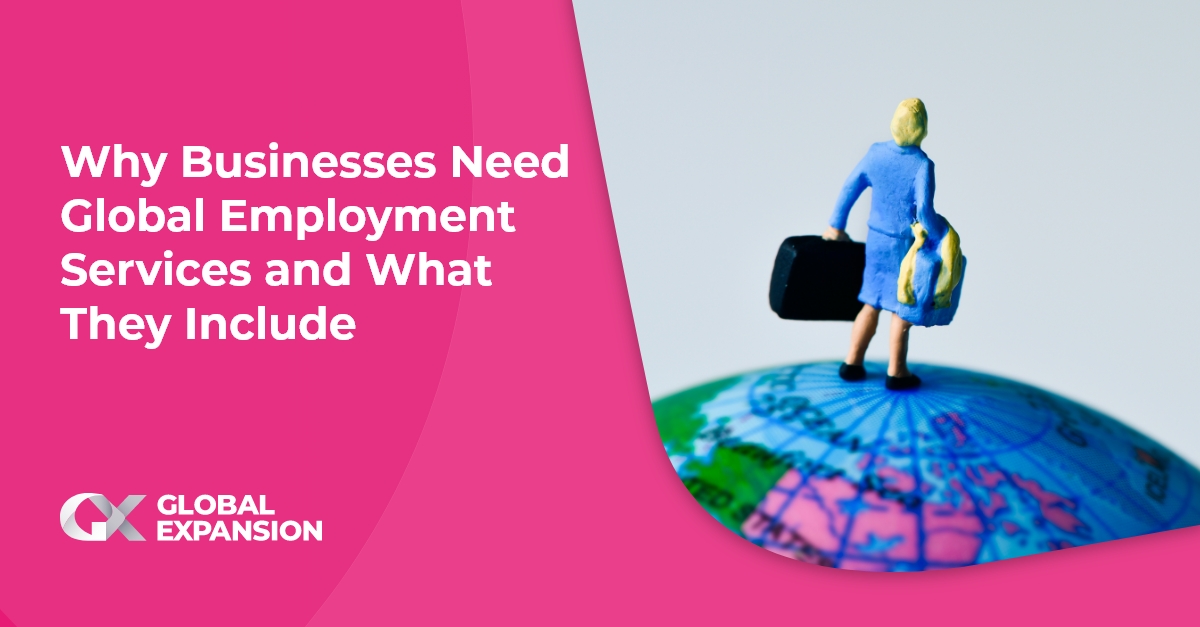Here at Global Expansion, we guide and support you through the complex process of expanding into foreign territories around the globe. This is an important process for growing companies, but each iteration requires a framework. It’s not the time for one-dimensional approaches, it’s a time for innovation.
We’ve compiled two examples of global mobility frameworks - one from an in-house perspective and one handled by an experienced global professional employee organization (PEO) like us.
In-house Mobility Framework
A global expansion strategy is carried out because you have a need to grow and there’s an obvious strategic opportunity to be gained. An in-house strategy requires investment, leadership and global experience.
An existing global mobility infrastructure is obviously the most effective way of successfully branching out - leading to more sustainable business value and helping to further develop that talent. Any existing mobility structure provides a solid foundation for supporting this kind of growth.
It’s a given that, for organizations with no prior experience, the process can be more difficult. To guarantee both return on investment and the continued success of the expansion, there are a number of considerations you'll need answers for:
- Employment vs. Emigration
- Physical Presence vs. In-Country Partner (ICP)
- Financial Regulations
- Employee Management
An in-house global mobility framework needs to answer these questions with evidence. For example, are you choosing to maintain a physical presence within that country or will you be working with an ICP? This is a good time to plot your course, especially if you’re pursuing the mergers and acquisitions route.
This is a major long-term investment and so you need to clarify your goals and the steps that need to be taken to get there. Here’s a simple guide to follow:
- Define a clear path. Where are you now, where are you going and where do you want to be? A company-wide understanding of expansion, the reasons why and the objectives is a clear foundation for success.
- Set your expectations around particular functions of expansion and do your research. This means investigating expatriation, tax compliance and business regulations amongst other things.
- Audit your expansion capabilities. Is your business financially viable for expansion? Similarly, what kind of technology are you using? If your teams are disconnected and you don’t have real-time data capture software, you could be setting yourself up for a loss.
You also need to consider talent acquisition and retention, whether you’re expatriating home employees or hiring overseas. For example, imagine you’re expanding your operations into India or China, two areas with growing economies and massive financial potential. You need to bring your finance, HR, legal and talent management teams into alignment to firstly identify either:
- Candidates suitable for expatriation, or:
- Candidates overseas who are suitable hires.
You need to look for the right skills in either of these to represent your company and values abroad, as well as act as the key driving point behind expansion and representation within the new territory.
Think about setting up a distinct global mobility team within your organization, a group of executives with the skills and collaborative experience to act as the support team. They need to work with the individuals chosen to move efficiently and in compliance with the appropriate regulation and legislation. Similarly, you must also have failsafe protocols in place, such as a repatriation strategy, in case things don’t go according to plan.
Any global mobility strategy must be attempted in small, agile phases, such as:
- Plan your entry and exit strategy. How do you enter a market compliantly and how do you exit in the least costly manner?
- Hire locally. Local talent provides easier cultural access, third-party perspectives and bespoke market knowledge.
- Test your market. Create marketing campaigns to judge audience resonance, alter products to fit with local demand or even simply change your brand’s message to match the cultural tone. This can be done before any expansion takes place, through working with an ICP, sending a small team over for a period of time or simple targeted marketing campaigns with specific geographical considerations.
You must also consider your hiring method, as this is a crucially important factor and any repatriation process - depending on whether you send employees from home to abroad.
Global PEO Managed Framework
“Traditional market-focused models of multinational strategy may be inadequate to represent the activities of the firm in the global arena.”
– California Review Management, Internationalization, Globalization and Capability-Based Strategy
As we’ve covered, it’s possible to maintain a global expansion process in-house - especially if you’ve already had that experience. However, there's another way of capitalizing on your true capabilities: working with a Global PEO, like Global Expansion.
First of all, we’ll help you identify your key objectives, in relation to gathered data, market knowledge, industry considerations and the overall efficacy of your company. We’ll help you discover the true foundational messages for expansion goals and determine your preparedness.
This helps get your employees on-board. A study conducted by Elsevier discovered that creating well-developed goals can improve worker performance by 12 to 15%. Your PEO will ensure each objective is specific and measurable - they’ll also begin work creating a timeline to chart your progress.
The next stage of a PEO-led global mobility framework is planning. We’ll work with you to determine the following:
- Expansion infrastructure. Essentially, which employee will be responsible for which task.
- How to collate data and use it iteratively.
- Your brand message.
- Linguistic and cultural considerations, including translation or culture training services (if needed).
- Global immigration (if expatriating employees) and global payroll.
- Global talent acquisition.
At this point, when the preparation is complete, the best PEOs will begin to roll out the expansion process in earnest, breaking it down into iterative ‘sprints’. We’ll also be taking the time to evaluate your global mobility framework, analyzing whether your expansion is on track and in line with the predetermined goals we created.
With our use of the Equus global workforce management tool, we’ll be able to analyze the complete expatriate lifecycle, covering data such as documentation and taxes. It’s a centralized platform that provides you with the data you need and eliminates the problems of outdated legacy systems. We’ll use it to automate your processes, provide real-time feedback and manage compliance activities.
Essentially, a global mobility framework managed by a Global PEO is one that guarantees success and protects you against any legislative trouble or potential financial loss. We’re here to make sure you can focus on the more important functions of your work - growing your business, increasing profitability and making sure your workforce is satisfied.
At this point, you may be curious about what it’s like to work with Global Expansion and why you should choose a Global PEO. We’ve got the information for you.
The Benefits of Global Expansion
In our guide, you’ll discover 15 reasons why a Global PEO like us is the right choice for your expansion needs. From overseas employee management to complete global compliance and expansion capabilities in 145 countries, we’ve got the right experience to ensure your global expansion is a success.
Just click the link below to find out more.
Subscribe to our blog
Receive the latest GX blog posts and updates in your inbox.





